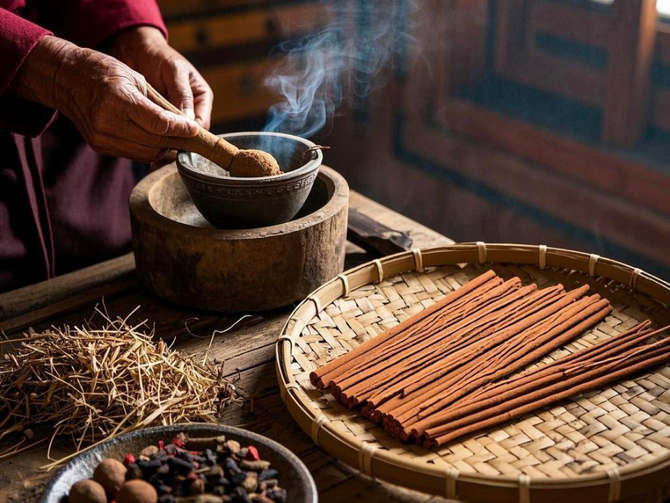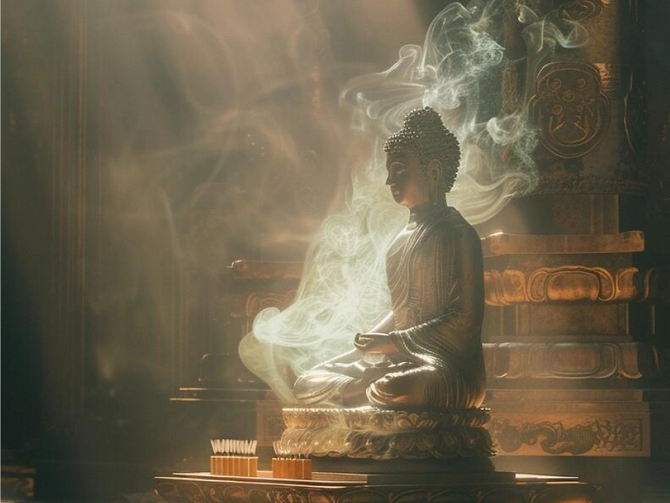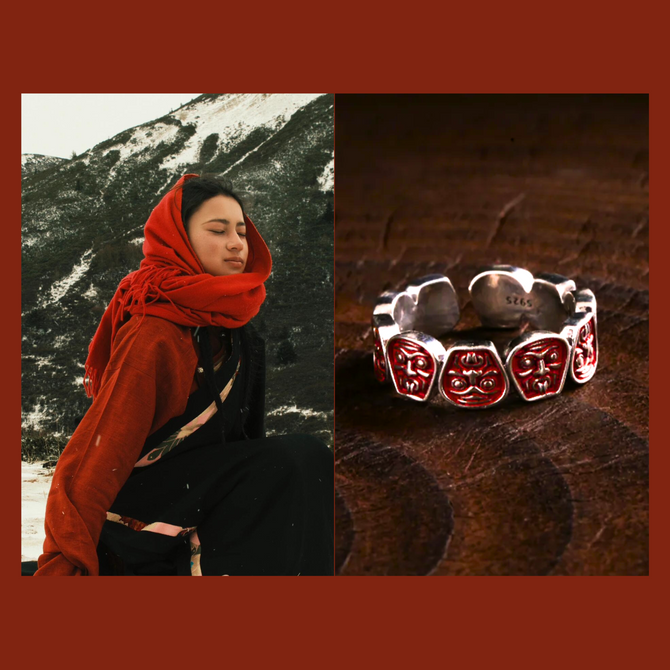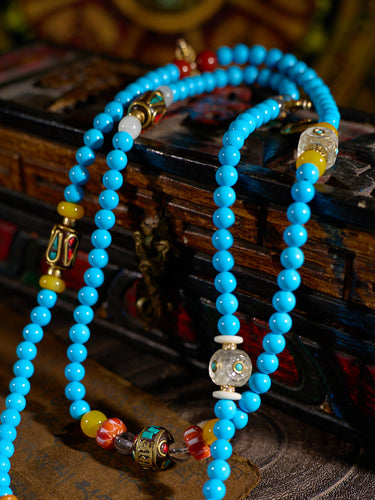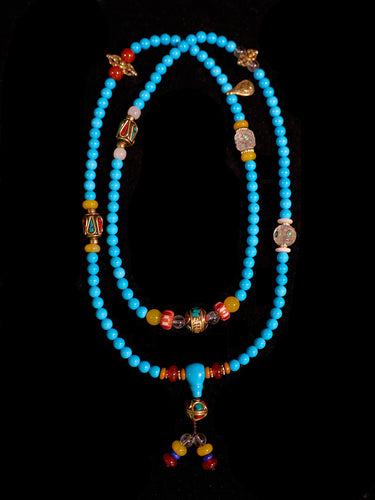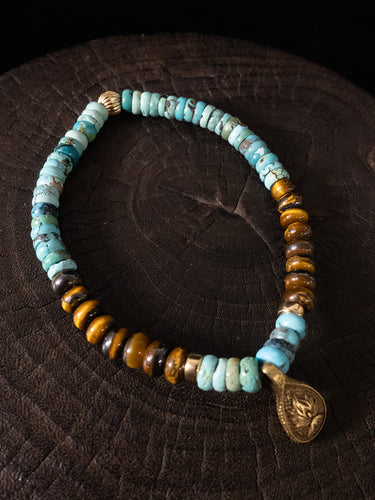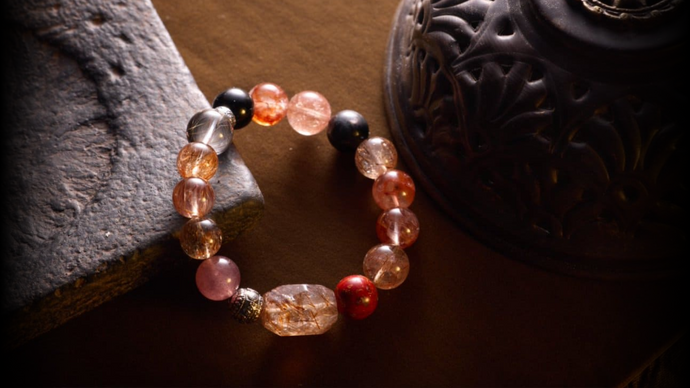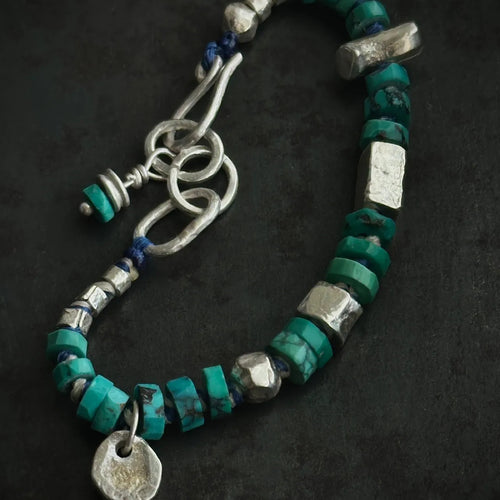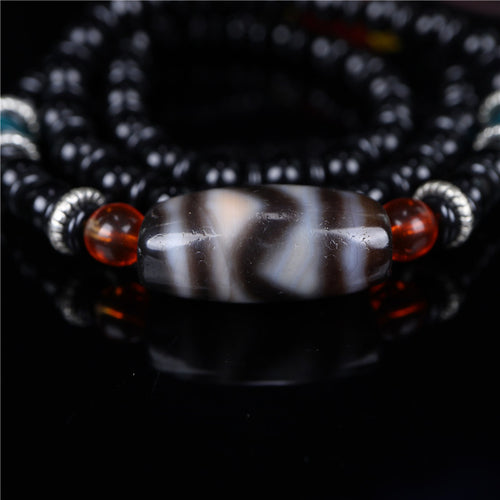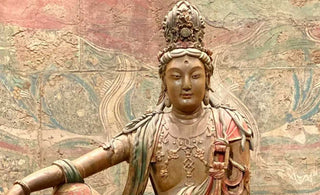
The Han Dynasty, a period of unparalleled artistic and cultural achievements in ancient China, left behind a delicate heritage that continues to captivate art enthusiasts and collectors around the world. Among the many treasures of this era, the artistry of Han Dynasty Jade Buddha statues stands out as a testament to the exquisite craftsmanship and spiritual significance of classical Oriental art. At Oriental Aesthetics, we take great pride in offering systematic, high-quality professional services for Oriental artists, collectors, and enthusiasts who deeply appreciate and love the timeless beauty of classical Oriental art.
The Significance of Han Dynasty Jade Buddha Artistry
The artistry of Han Dynasty Jade Buddha statues holds immense significance within the realm of classical oriental art. These remarkable sculptures, created during a period of artistic flourishing and cultural development in ancient China, represent not only the exquisite craftsmanship of the time but also the spiritual and philosophical beliefs that shaped the artistic landscape. During the Han Dynasty, which spanned from 206 BCE to 220 CE, Buddhism began to gain prominence and deeply influenced the artistic expression of the era. In particular, jade emerged as the favored medium for sculptors due to its inherent beauty, spiritual symbolism, and durability. The translucent green jade, sourced from rivers and mountains, was believed to possess mystical qualities and symbolized purity and spiritual enlightenment. The selection of jade for creating Buddha statues was a meticulous process. Skilled artisans with discerning eyes for quality sought out the finest jade, carefully considering factors such as color, translucency, and texture. The chosen jade, often a lustrous green hue, evoked a sense of purity and represented the quest for spiritual awakening.
The mastery of carving techniques displayed in Han Dynasty Jade Buddha artistry is awe-inspiring. The artisans of that time possessed exceptional skill and vision, transforming rough blocks of jade into sublime representations of serenity and grace. Using specialized tools such as chisels, drills, and files, they delicately shaped the jade, gradually revealing the intricate forms of the Buddha. Every detail, from the gentle curve of the lips to the serene expression in the eyes, was meticulously carved to perfection. The flowing robes of the Buddha statues, adorned with intricate patterns and graceful folds, added a sense of movement and elegance to the sculptures. The artisans' deep understanding of human anatomy and their ability to bring life to the stone resulted in sculptures that exuded a sense of tranquility and spiritual depth. Through their craftsmanship, they captured the essence of the Buddha's teachings and the pursuit of enlightenment.
Symbolism played a crucial role in the creation of Han Dynasty Jade Buddha statues. Each aspect of the statue carried deep meaning, inviting viewers to contemplate the nature of existence and the path to enlightenment. The serene expressions and gentle postures of the Buddhas conveyed a sense of inner peace and spiritual awakening. The flowing robes symbolized the Buddha's transcendence of worldly attachments, while the intricate adornments represented the divine realms of existence. The meticulous attention to detail reflected the artisans' reverence for the spiritual teachings of Buddhism.
The enduring allure of Han Dynasty Jade Buddha artistry lies in its ability to transcend time and culture. These statues continue to captivate art enthusiasts worldwide with their timeless elegance and profound emotional impact. The smooth, cool touch of the jade, combined with the skillful craftsmanship, creates a sense of serenity and harmony. Whether displayed in private collections, museums, or art galleries, these statues radiate a beauty that stands the test of time.
The Artistry of Han Dynasty Jade Buddha Statues
The artistry displayed in Han Dynasty Jade Buddha statues is truly remarkable and serves as a testament to the skill and craftsmanship of the artisans of that era. These statues, carved from nephrite jade, showcase an exceptional level of detail and precision that continues to awe and inspire art enthusiasts and collectors to this day. The artisans of the Han Dynasty possessed an intimate understanding of jade's unique qualities and characteristics. Nephrite jade, renowned for its toughness and durability, provided an ideal medium for intricate carving and delicate detailing. The artisans skillfully worked with specialized tools to transform raw pieces of jade into sublime representations of the Buddha, with each statue reflecting a harmonious blend of artistic vision and technical expertise.
One of the most striking aspects of Han Dynasty Jade Buddha statues is the level of realism that the artisans achieved. The facial expressions of the statues convey a sense of serenity and inner peace, capturing the essence of the Buddha's enlightenment. Every line, contour, and feature is delicately carved with meticulous precision, resulting in a lifelike representation that brings the Buddha to life in stone. The artisans paid careful attention to the drapery and flowing robes adorning the statues. The folds and creases of the robes are intricately carved, showcasing the artisans' mastery of jade as a medium. The drape of the fabric and the way it falls around the Buddha's body create a sense of movement and fluidity, adding a dynamic element to the statues that further enhances their visual appeal. The smoothness and lustrous quality of the jade surface also contribute to the artistry of the statues. The artisans skillfully polished the jade to achieve a brilliant sheen, enhancing the natural beauty of the stone and giving the statues an ethereal glow. This attention to detail in the finishing touches elevates the overall aesthetic of the statues, making them truly captivating works of art.
In addition to their visual appeal, Han Dynasty Jade Buddha statues also hold deeper symbolism and spiritual significance. Each statue represents the enlightened figure of the Buddha, embodying qualities such as compassion, wisdom, and inner peace. The serene expressions and postures invite viewers to reflect on the path to spiritual enlightenment and to explore the depths of their own consciousness. The artistry of Han Dynasty Jade Buddha statues extends beyond their individual beauty. Collectively, these statues serve as a testament to the artistic achievements of the Han Dynasty and the cultural significance of jade in Chinese history. They provide a glimpse into the artistic sensibilities and technical prowess of ancient artisans, offering a window into the rich heritage and traditions of classical Oriental art.
Today, Han Dynasty Jade Buddha statues continue to be highly sought after by collectors and enthusiasts worldwide. Their rarity and historical value make them prized additions to private collections and museum exhibits. The artistry and craftsmanship displayed in these statues serve as a source of inspiration for contemporary artists and a reminder of the enduring legacy of ancient Chinese art. The artistry of Han Dynasty Jade Buddha statues is a testament to the skill, precision, and artistic vision of the artisans of that era. These statues, carved from nephrite jade, showcase a remarkable level of detail and realism, capturing the essence of the Buddha's enlightenment. The intricate drapery, smooth surface, and lustrous quality of the jade further enhance their visual appeal. Beyond their aesthetic beauty, these statues hold deep spiritual symbolism and serve as valuable cultural artifacts. The artistry of Han Dynasty Jade Buddha statues continues to inspire awe and admiration, cementing their place as treasured masterpieces of classical Oriental art.
Spiritual Symbolism and Cultural Significance of Han Dynasty Jade Buddha Statues
Han Dynasty Jade Buddha statues are not merely artistic masterpieces but also hold profound spiritual symbolism and cultural significance. Each statue represents the enlightened figure of the Buddha, capturing the essence of his teachings and embodying qualities such as compassion, wisdom, and inner peace. The serene expressions and postures of the statues encourage viewers to seek spiritual enlightenment and explore the depths of their own consciousness. The symbolism extends beyond the visual representation of the statues. Jade itself is considered a sacred stone in Chinese culture, symbolizing purity and spiritual essence. The vibrant green color of the jade represents growth, renewal, and harmony, reflecting the interconnectedness of all living beings. By gazing upon a Han Dynasty Jade Buddha statue, one is reminded of the impermanence of material existence and the importance of cultivating inner virtues.
In conclusion, the delicate heritage of Han Dynasty Jade Buddha artistry continues to captivate art lovers and collectors worldwide. The exquisite craftsmanship, spiritual symbolism, and cultural significance of these statues make them invaluable treasures of classical Oriental art. By preserving and promoting the beauty and spiritual essence of Han Dynasty Jade Buddha statues, Oriental Aesthetics aims to ensure that this delicate heritage continues to inspire and enlighten generations to come.


